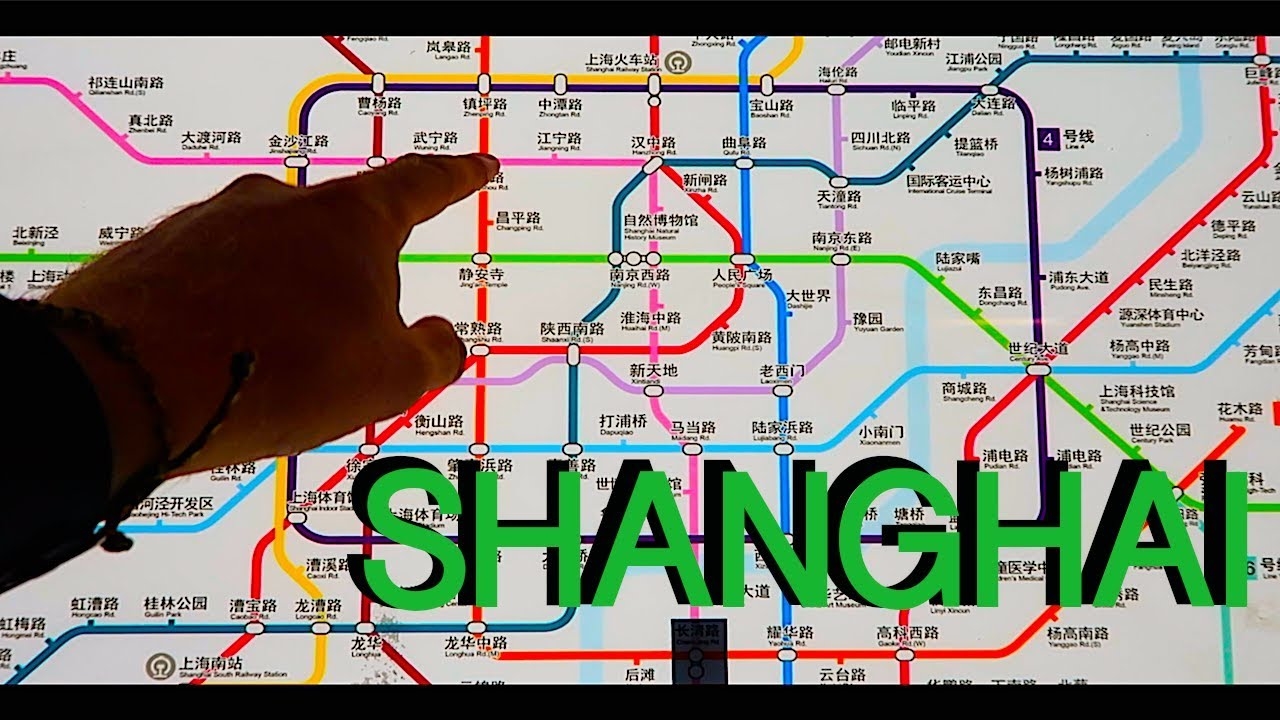A Guide to Navigating the Shanghai Metro
Shanghai, one of the world’s most populous cities, boasts an extensive and efficient metro system that is both a boon and a challenge for newcomers. With 19 lines and over 400 stations, the Shanghai Metro is the backbone of the city’s public transportation network. Whether you’re a tourist or a new resident, understanding how to navigate this vast system can make your time in Shanghai much more enjoyable and stress-free.
Understanding the Basics
The Shanghai Metro operates from approximately 5:30 AM to 11:00 PM, with some variations depending on the line and station. The metro is known for its punctuality and frequency, with trains arriving every 2-4 minutes during peak hours and every 5-10 minutes during off-peak times. The metro lines are color-coded and numbered, making it easier to identify them on maps and signage. Each line has a distinct color, and stations are marked with both Chinese characters and Pinyin (the Romanization of Chinese characters), which is helpful for non-Chinese speakers.
Tickets can be purchased at machines located in every station. These machines accept cash and some accept major credit cards. Alternatively, you can use a Shanghai Public Transportation Card, which can be topped up and used for multiple trips, offering convenience and a small discount on fares. The fare is distance-based, starting at 3 RMB for short trips and increasing with distance.
Planning Your Journey
Before you set out, it’s wise to plan your journey. The Shanghai Metro app, available in English, is a valuable tool for this. It provides real-time updates, route planning, and estimated travel times. Google Maps and other navigation apps also offer metro directions, but the local app tends to be more accurate with real-time data.
When planning your route, consider the time of day. The metro can be extremely crowded during rush hours (7:30-9:30 AM and 5:00-7:00 PM), so if possible, travel outside these times for a more comfortable experience. If you must travel during peak hours, be prepared for crowded trains and platforms.
Navigating the Stations
Shanghai Metro stations are generally well-signposted, with clear directions in both Chinese and English. Upon entering a station, you’ll pass through a security check where bags are scanned. Once inside, look for signs indicating the direction of your line. Platforms are usually located on different levels, so be prepared to go up or down stairs or escalators.
Pay attention to the electronic boards on the platforms, which display the arrival time of the next train and the direction it is heading. Inside the train, announcements are made in both Chinese and English, and LED screens display the next station. Keep an eye on these to ensure you don’t miss your stop.
If you need to transfer lines, follow the signs for the connecting line. Transfers can sometimes involve long walks, especially in larger stations, so allow extra time for this. Some stations have multiple exits, so check which exit is closest to your destination to avoid unnecessary walking.
Tips for a Smooth Ride
To make your metro experience as smooth as possible, here are a few additional tips:
- Avoid Rush Hours: If your schedule allows, try to avoid traveling during peak hours to escape the crowds.
- Stay on the Right: When using escalators, stand on the right to allow others to pass on the left.
- Mind Your Belongings: Keep an eye on your belongings, especially in crowded areas, to avoid pickpocketing.
- Be Considerate: Offer your seat to those in need, such as the elderly, pregnant women, or those with disabilities.
- Stay Calm: If you miss your stop or take the wrong train, don’t panic. Simply get off at the next station and adjust your route.
Navigating the Shanghai Metro can seem daunting at first, but with a little preparation and patience, it becomes a convenient and efficient way to explore the city. Whether you’re commuting to work or visiting Shanghai’s many attractions, the metro is an invaluable resource for getting around.
